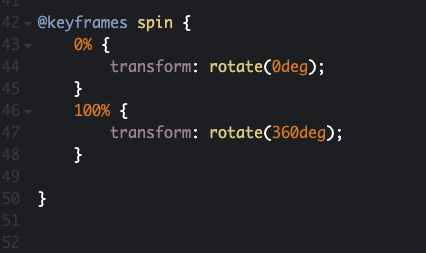
#Css animation framebyframe code#
In this guide, we’ll explore the pros and cons of using CSS animations in email, as well as the code that powers CSS animations. Perhaps more importantly, they can create more interactive and engaging campaigns, too. Using a handful of CSS properties, email marketers can manipulate the HTML of their campaigns and create a similar sense of motion as when using animated GIFs. While motion in email has traditionally been achieved through animated GIFs, CSS animations can sometimes be a more effective technique.ĬSS animations are animations that are built using code-specifically HTML and CSS. Motion helps draw the eye to specific content and suck the user into that content. One of the more common ways to enhance emails is by adding animation and motion to a campaign. From design to dynamic content and promotions to personalization, marketers are testing out different techniques to pique subscriber interest and increase engagement. Enterprise Plan Boost collaboration and drive resultsĮmail marketers and designers are constantly looking for ways to set their campaigns apart in the inbox.
#Css animation framebyframe plus#
Litmus Plus Automate testing to ensure quality.


They can be bounced across the page and interact with each other in all sorts of interesting ways. With CSS animation, elements can be shifted, rotated, slanted, squashed, spun, and stretched on the page. Let's take a look at some specific types of animation below. Animations like these can help make your web design more cohesive and more memorable. You can even animate an element's padding area to transition between colors. You can have a progress bar show how quickly your site is loading, a button change colors when a visitor hovers over it, and your logo bounce in from the left side of the screen.

There are dozens of animatable CSS propertiesyou can choose from. To have elements gradually change from one style to another, you can create a CSS animation. Let’s say you want to use multiple CSS style configurations - like different colors, levels of opacity, border radiuses, and so on- on a single page element.


 0 kommentar(er)
0 kommentar(er)
